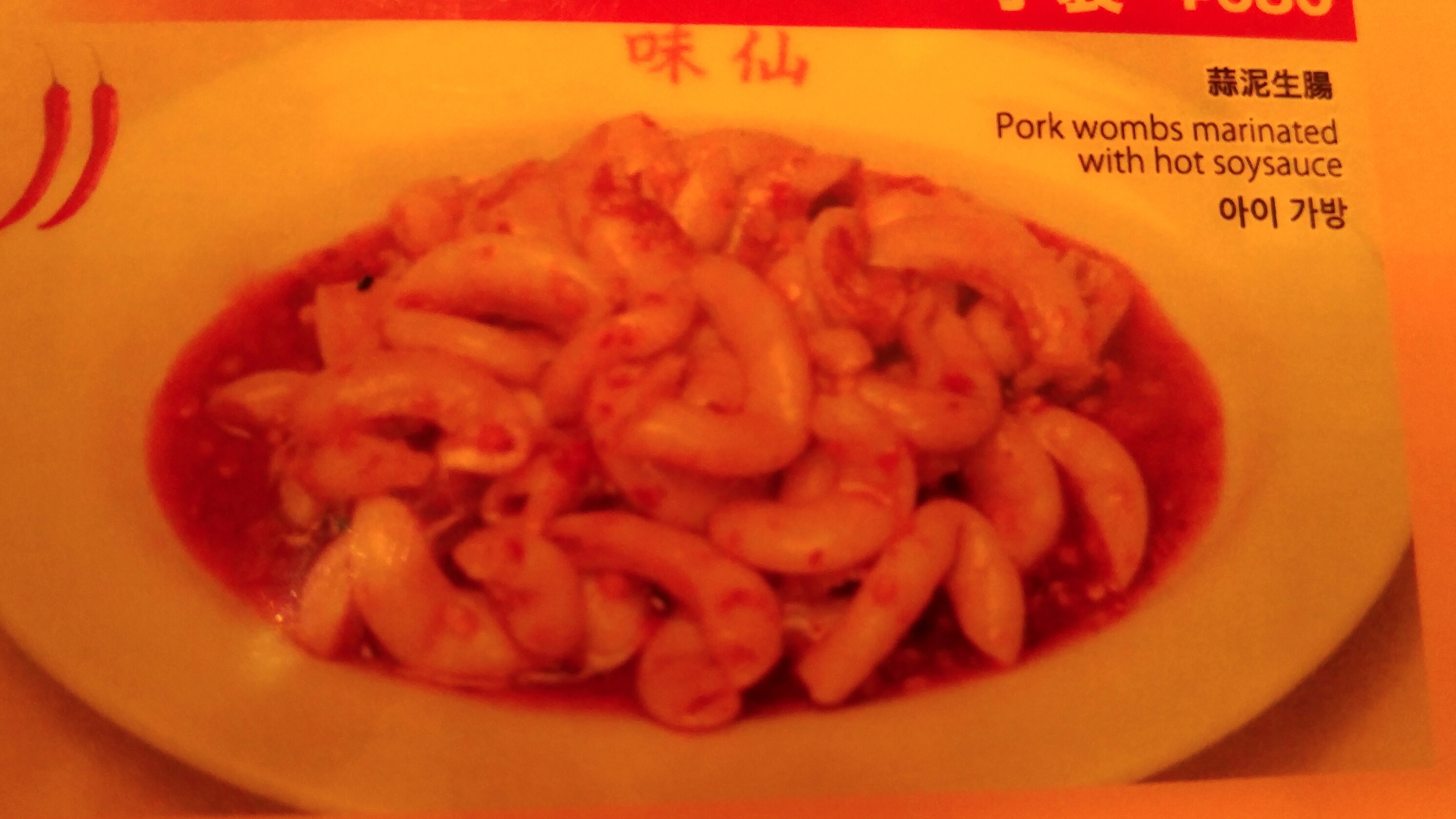
アメポテ Amepote ‘American potato’ - On the shelf of a conbini (convenience store) we encountered a new acronym created from the initial two syllables of a longer pair of words. The katakana label on a package of “American Potato Chips” reads Amepote ueebukatto (‘Amer. Pota. wave-cut’), comparable to Amefuto for ‘American football’. This is a very common pattern of abbreviation in Japanese, one we also encountered in a Japanese TV biography about Amekei (雨敬 < Amemiya Keijiro 雨宮敬二郎), a Meiji-era businessman who first persuaded the Japanese government to build the Chūō (中央 Central) railway line into his native Yamanashi Province to enable farmers to get their produce out to the coastal markets.

出没 shutsubotsu ‘haunt, infest, frequent’ - We were not surprised to find signs warning of bears while hiking in the forests of rural Togakushi in Nagano Prefecture, but I was quite surprised to see this sign right next to the Japan Baptist Hospital in Kyoto, warning of bears in the very mountains I used to climb during my childhood there (at the foot of Mt. Hiei). The sign reads 危険 熊出没注意 Kiken: Kuma shutsubotsu chuui ‘Danger: Bear infestation alert’. Such signs are very common along Japanese mountain trails these days. When we hiked a very well-traveled section of the old Nakasendō (中山道 ‘Central Mountain Route’) we saw many such bear warnings near small brass bells that travelers were encouraged to ring to scare the bears away.

蒜泥生肠 “Pork wombs marinated with hot soysauce”! - In a Chubu Airport (Nagoya) restaurant specializing in Taiwanese food, we encountered a menu item that even this experimental gastronome shied away from. It appears to be a dish unique to Singapore and Taiwan. The Chinese menu item is 蒜泥生肠 suànní shēngcháng ‘garlic-mash birth-intestine (= birth canal/fallopian tube)’. (The kanji 蒜 or 大蒜 can be used to write ninniku ‘garlic’ in Japanese.) I couldn’t find shēngcháng 生肠 in my DeFrancis (1996) ABC Chinese-English Dictionary, and whoever translated it into Japanese and Korean seems not to have known the anatomical term for ‘uterus’ (neither did I), which is 子宮 ‘child-shrine = womb’ (Ch. zǐgōng, Ko. jagung, Jp. shikyuu). So the Japanese menu label for the dish is 子袋 ko fukuro ‘child bag’ and the Korean menu label is ai kabang ‘child bag’. I don’t know how the English translator came up with “marinated in hot soysauce” except by looking at the photo.
No comments:
Post a Comment